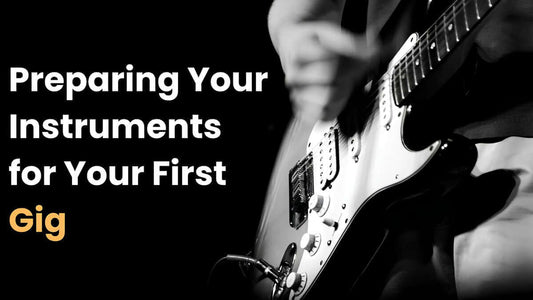Holding a guitar properly is the foundation of good playing technique. Whether you’re a beginner or a seasoned player, ensuring that you hold the guitar comfortably can prevent strain, improve your performance, and enhance your overall playing experience. This guide walks you through the essential steps to hold a guitar effectively, including tips for various styles and body types.
1. Choose the Right Chair or Stool
- Sit on a firm, flat surface. Avoid chairs with armrests, as they can interfere with your arm movement.
- Height matters. Your feet should rest flat on the floor to maintain balance and posture.
- For extended practice sessions, consider using a chair designed for musicians, such as a posture-supporting stool.
2. Position Your Guitar Correctly
Acoustic Guitar
- Place the guitar’s body on your dominant leg (if you’re right-handed, this is your right leg).
- Tilt the guitar slightly towards you to make it easier to see the fretboard.
Electric Guitar
- Use the same principle as acoustic guitars, but be mindful of the guitar’s weight. Consider a strap to distribute the weight evenly.
Classical Guitar (Optional for Fingerstyle Players)
- Place the guitar on your non-dominant leg and elevate it slightly using a footstool or support device. This creates an ideal angle for fingerpicking and intricate playing.
3. Maintain Proper Posture
- Straight Back: Keep your back straight to avoid strain. Slouching can lead to long-term discomfort and reduced mobility.
- Relaxed Shoulders: Tension in your shoulders can affect your playing. Let them drop naturally.
- Neutral Wrists: Avoid bending your wrists excessively. A neutral wrist position reduces the risk of repetitive strain injuries.
4. Use a Guitar Strap
Even while sitting, a strap can provide additional stability:
- Adjust the strap so the guitar’s body rests comfortably against you.
- Ensure the guitar is at a height where you can reach all frets without strain.
5. Hand Placement and Support
Fretting Hand (Left Hand for Right-Handed Players)
- Position your thumb on the back of the guitar neck, roughly opposite your index and middle fingers.
- Avoid gripping the neck tightly. Use just enough pressure to press the strings.
Strumming/Picking Hand (Right Hand for Right-Handed Players)
- Rest your forearm lightly on the guitar’s edge for stability.
- Hold the pick or prepare your fingers for fingerstyle with a relaxed, natural grip.
6. Adapt for Different Body Types and Styles
- Small Frames: Use smaller-bodied guitars (like parlor or travel guitars) for a more ergonomic fit.
- Tall Frames: Consider jumbo or dreadnought guitars, but ensure they’re not causing discomfort when reaching the fretboard.
- Players with Disabilities: Adaptive tools such as guitar supports, straps, or custom stands can enhance accessibility.
7. Avoid Common Mistakes
-
Slouching: Leads to back pain and hinders finger mobility.
-
Resting Wrist on the Guitar: Can limit strumming/picking fluidity.
-
Excessive Pressure: Over-gripping the neck strains your hand and slows transitions.
8. Practice Tips for Long-Term Comfort
- Take regular breaks during extended sessions to avoid fatigue.
- Stretch your hands, arms, and shoulders before and after playing.
- Invest in ergonomic accessories like padded straps or armrests.
Valuable Resources:
Here are some excellent resources to further enhance your guitar playing experience:
- Ultimate Guitar: For chord charts and tutorials.
- Justin Guitar: Offers lessons for beginners and advanced players.
- Guitar Tricks: A platform with structured lessons and courses.
- Musician’s Friend: To explore ergonomic accessories.
Frequently Asked Questions
Q: Should I always use a footstool for classical guitar?
A: Not necessarily. While traditional classical guitarists use a footstool, modern alternatives like guitar supports are available to reduce strain on your back.
Q: Can I play standing up with an acoustic guitar?
A: Yes. Use a strap and adjust it to keep the guitar at the same height as when you’re seated for consistency.
Q: How do I know if my guitar’s size is right for me?
A: Test different sizes at a music store. A guitar should feel comfortable in your hands and against your body without causing strain.
Q: Are there specific accessories to improve comfort?
A: Yes. Look into padded straps, armrests, or even lightweight guitar models if you plan to play for extended periods.
By following these steps and integrating the tips into your routine, you’ll maximize your comfort and set yourself up for a rewarding guitar-playing journey. Enjoy making music!
Author bio:

Dr. Robin Alexander
Dr. Robin Alexander, an MD Pathologist and passionate guitarist, combines his love for music and science. As a guitar enthusiast, he shares valuable insights and tips on guitar playing here at Guitarmetrics, helping musicians enhance their skills and enjoy their musical journey.






